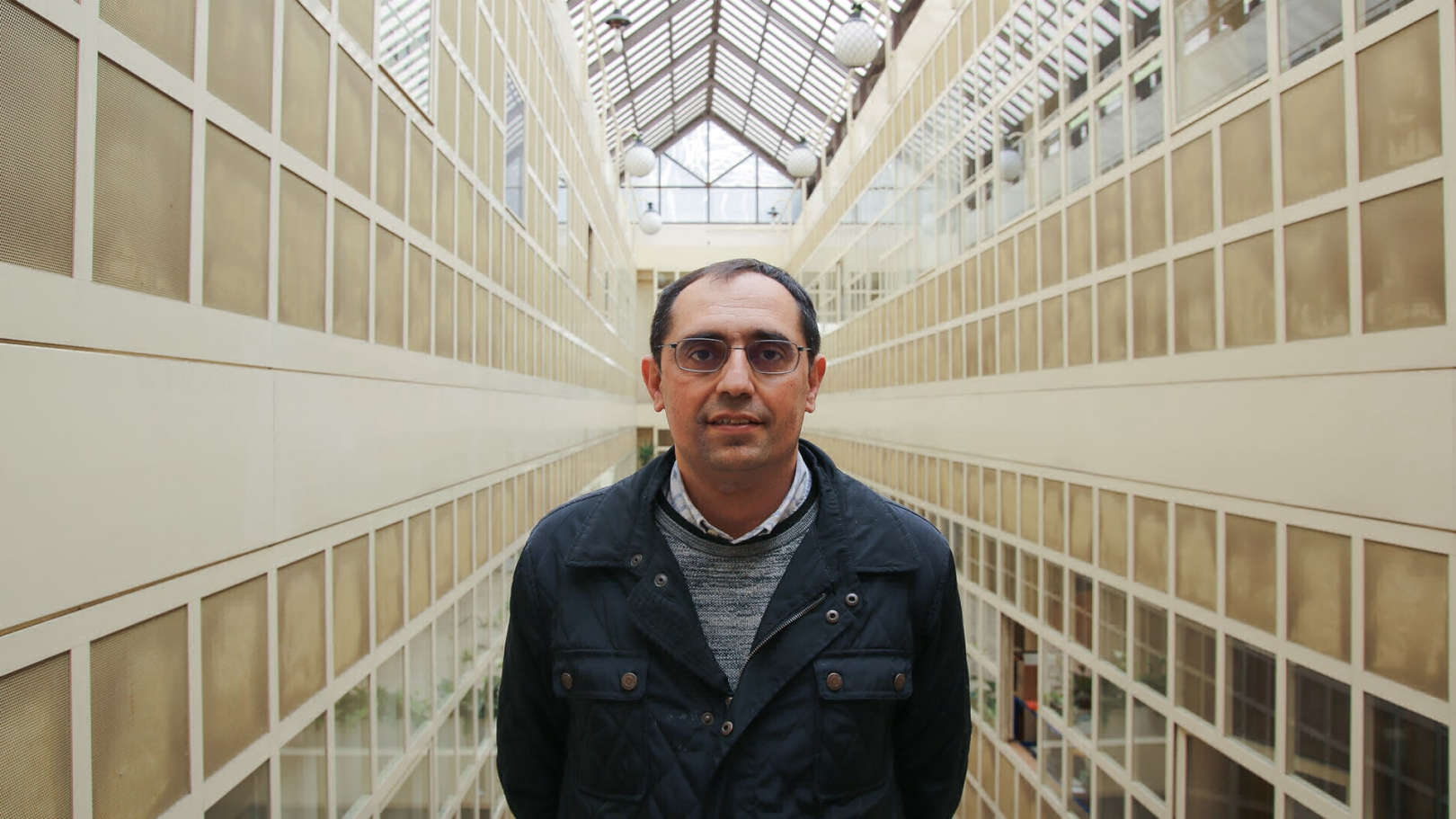About
Graduated in Physics - Optics from the University of Minho (1999), he obtained a Masters in Optoelectronics and Laser from Faculty of Science from University of Porto (2003), a PhD in Physics from Faculty of Science from University of Porto (2011). He is Associate Professor in Instituto Politécnico de Viana do Castelo and Senior Researcher at the Applied Photonics Center INESC TEC. It is author and co-author of over 80 scientific articles related to optical fibers sensors, whispering gallery modes and long period grating.


